In an age of minuscule attention span, what is the advantage of sharing long-form articles? Those playing the devils' advocate might call it suicidal. We, at BFA, are ready to gamble and celebrate the art of fine writing. We want to share in-depth analytical pieces on cinema, engaging memoirs that offer genuine value for time and interviews that make for immersive reading experiences. All our articles are available in both English and Bengali. Additionally, none of them are behind a paywall. So, take your time to read, know about our panel of authors and revisit the pieces without having to worry about your wallet.

A diary, a trunk-full of prints and a gnawing void were all that 11-year-old Niladri Banerjee was left behind when he lost his father in 1995. In between, he did his postdoctoral research at Cambridge, taught at Loughborough University before joining London’s Imperial College. Here is the exclusive story of his father, photographer Anjan Banerjee, from the sets of Seemabaddha, Ashani Sanket, Sonar Kella and Hirak Rajar Deshe. Here is the story of how a Ray of light filtered into the dark room of a bereaved son trying to discover his father from behind the lens

Why did the recording of Lata Mangeshkar with SD Burman and Manna Dey get stalled on an East Bengal-Mohun Bagan match day in Mumbai? Who had dribbled in Uttam Kumar scenes from Saptapadi? Between keeping score of the games played by Mohun Baganer Meye and East Bengaler Chhele, Rupayan Bhattacharya stands at the centre spot to give a first-hand feel of the madness at the Maidan
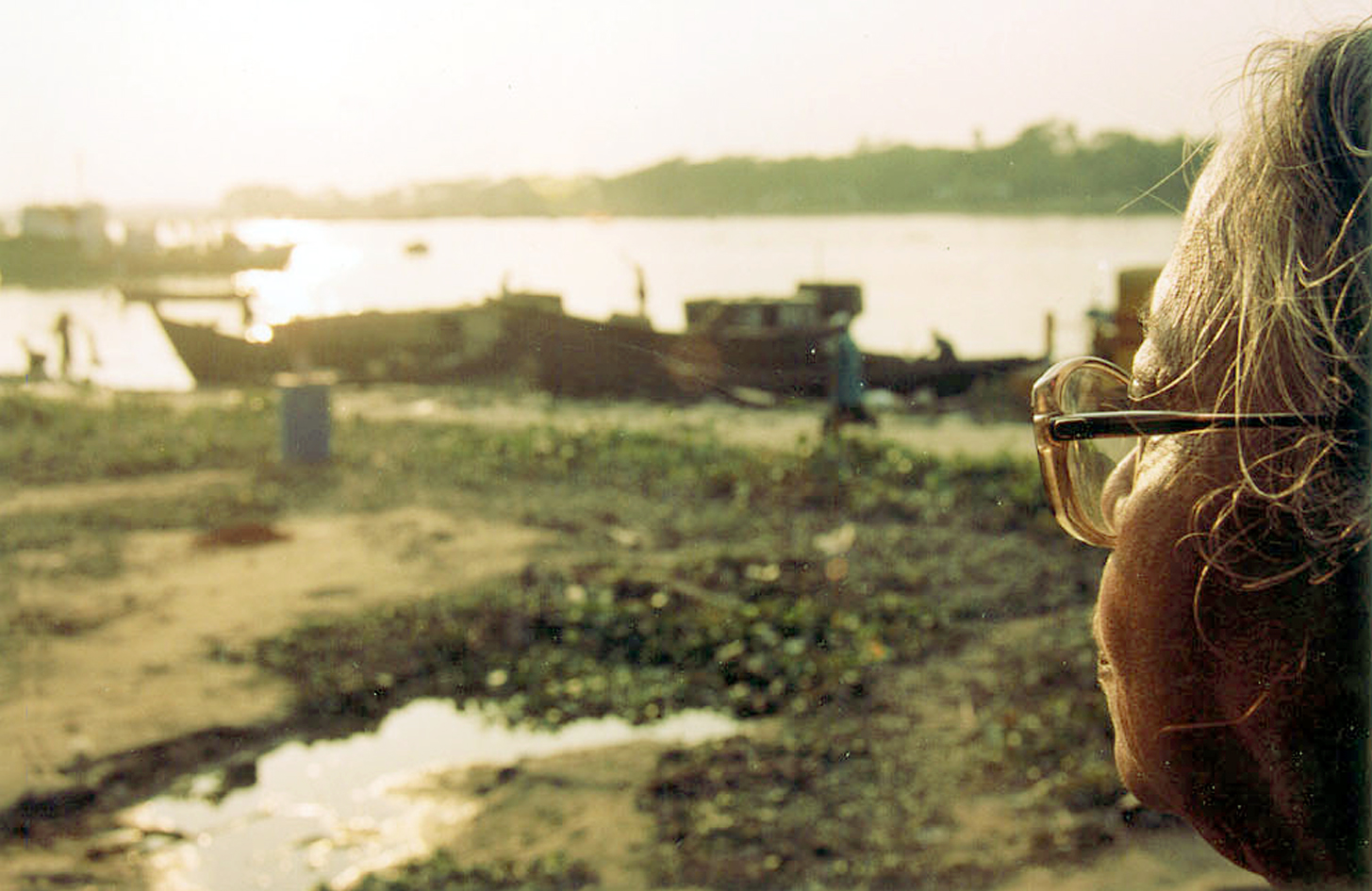
Do men and women recount the horrors of Partition differently? Do refugees prefer to revisit their roots or live with the memories of their lost homeland? Five years after completion of his fourth documentary on Partition, multiple international award-winning director
Supriyo Sen argues why it is important to watch documentaries on the Partition holocaust survivors that unearth the truths and tears of real lives sans the gimmicks of glycerin-induced emotions, doctored scripts and tailored dialogues
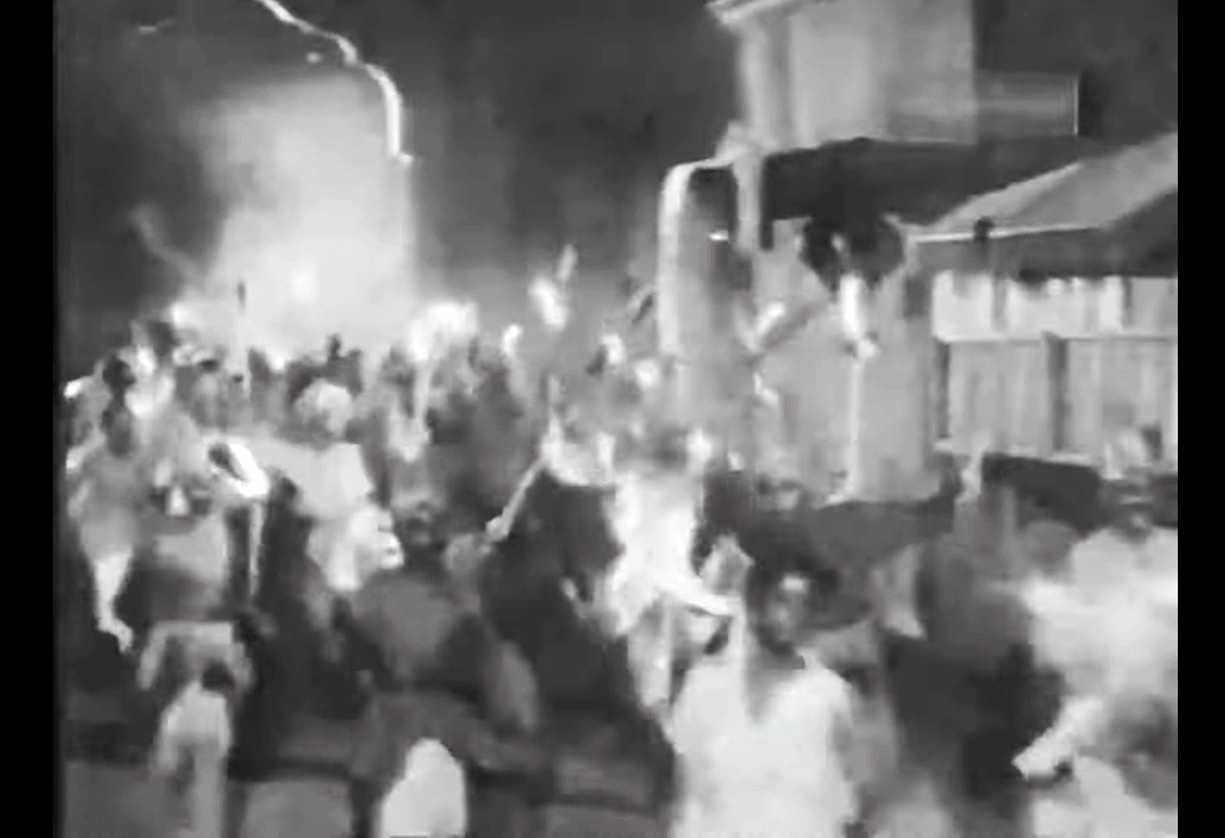
Bengal has never been short of reasons to boast about being a vanguard of India’s freedom movement. Has its cinema since the pre-independence era till today equally done justice to the depiction of the struggle? In a two-part article, Sragdharamalini Das chronicles the eight decades of chanting the freedom struggle mantra in Bengali cinema

Bengal has never been short of reasons to boast about being a vanguard of India’s freedom movement. Has its cinema since the pre-independence era till today equally done justice to the depiction of the struggle? In a two-part article, Sragdharamalini Das chronicles the eight decades of chanting the freedom struggle mantra in Bengali cinema. This is the concluding part of the article
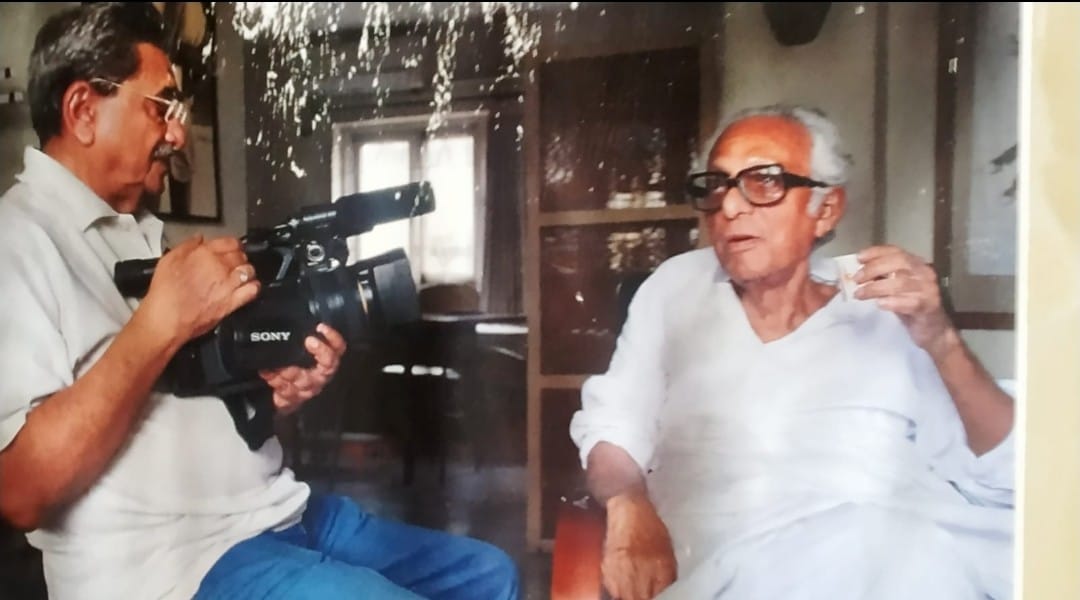
Soumendu Roy had allowed a 25-something Ranu Ghosh to be an observer on his sets, provided she just stood behind his camera for two years and did nothing. Looking back, she believes those years with the veteran cinematographer has shaped her vision and taught her to 'see' light. Here is Ranu Ghosh's story of what it takes for a female cinematographer to win her battles behind the lens and in front of it
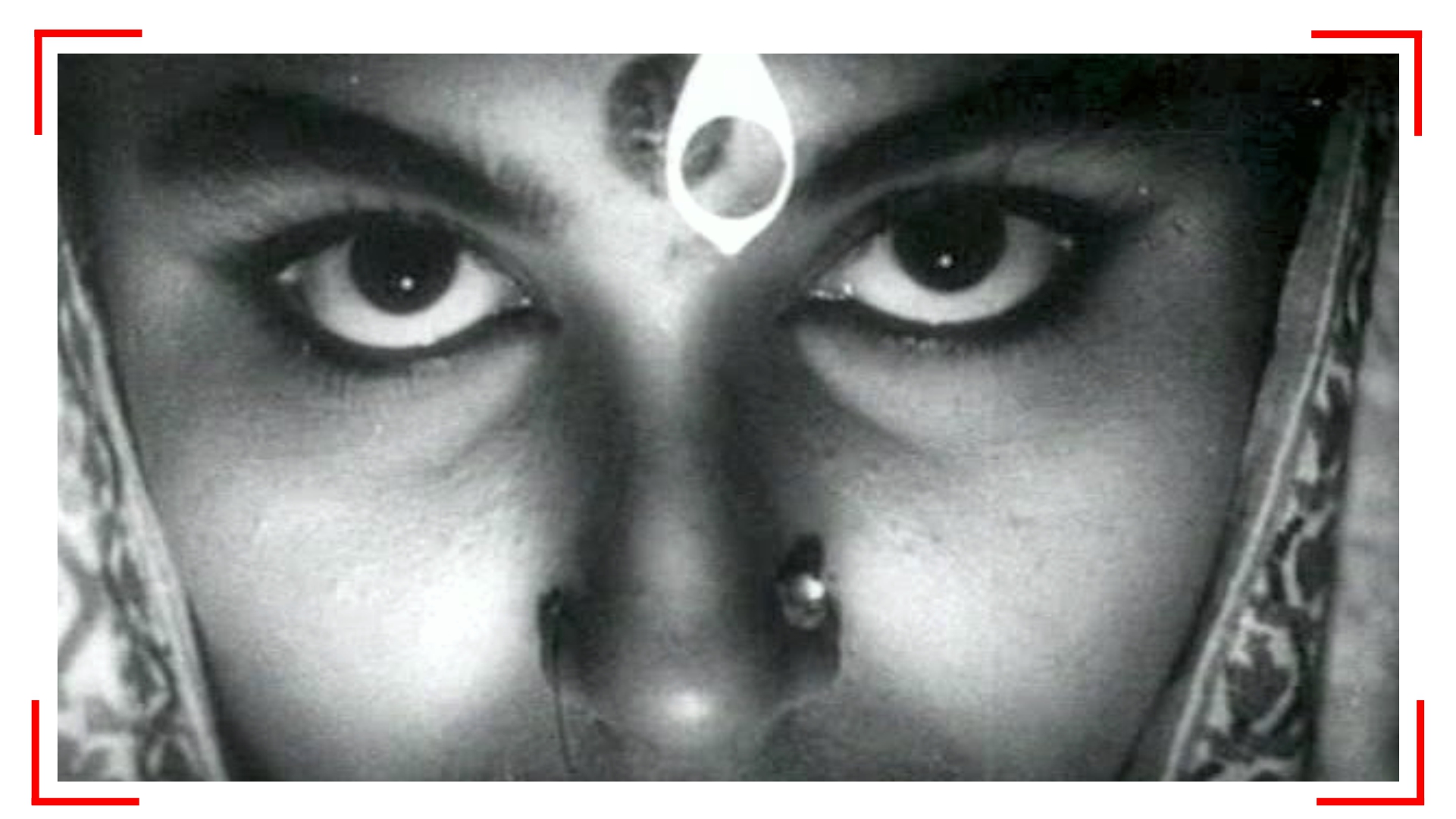
From classic frames of veterans like Subrata Mitra, Soumendu Roy and Ashok Mehta to colour images of a contemporary master like Avik Mukhopadhyay, Bengali cinema has been a witness to efforts of various cinematographers filming the goddess. Cinematographer Supratim Bhol goes behind the camera to explore if the visual language has only focussed on images that appeal to Oriental exotica or moved beyond ‘dhunuchi’ dance scenes and vermillion-smeared faces of red-bordered sari-clad women
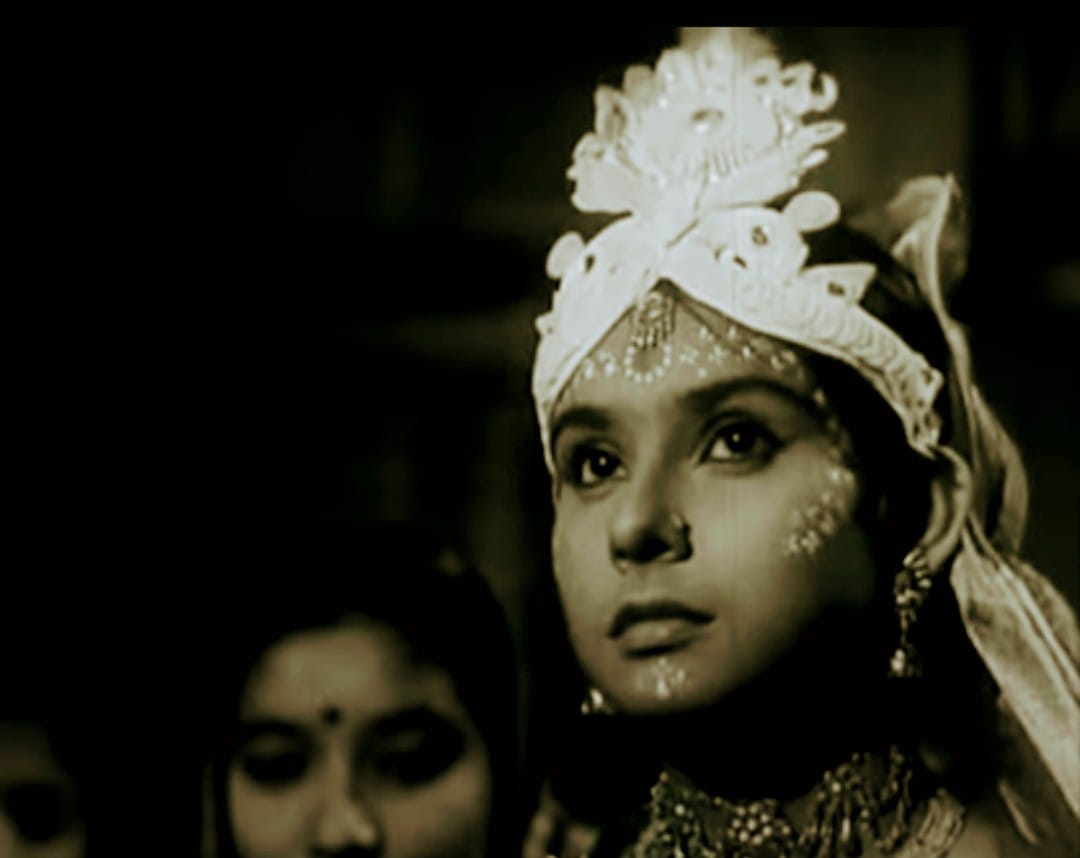
Pt Ravi Shankar had once said that it was possible to come up with that kind of a score for this cult film only because ‘Bahadur and Ritwik had come together’. Was it their lifelong friendship that created this magic in Subarnarekha? On Ghatak’s birth anniversary, Pandit Tejendra Narayan Majumdar strings together the reasons behind the excellence of his guru's phenomenal score
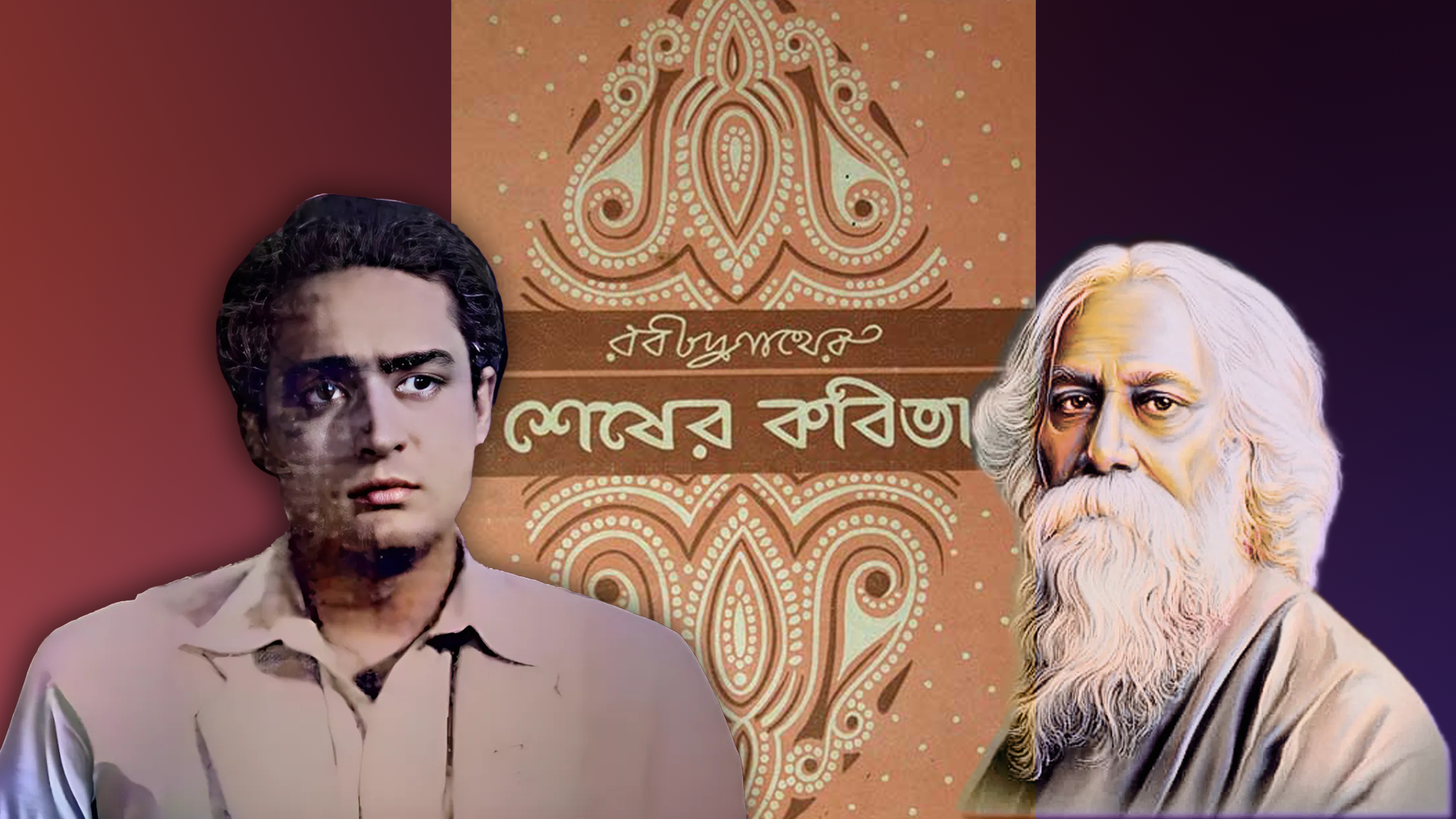
Birthdays are occasions for showering gifts. In an interesting role reversal, Tollywood's seniormost actor, Nirmal Kumar, came up with a unique gift on his 95th birthday on 14th December, 2023. In this letter for his grandchildren, Upasana Bhattacharya and Anish Ray, he shared his experiences of his debut in Modhu Bose's "Shesher Kabita"

Helping senior female heroines who were past their prime, was a mission that Kanan Devi set her eyes upon when she formed Mahila Shilpi Mahal. On the legend's birth anniversary, veteran actress Madhabi Mukhopadhyay decodes why an organization with such a benevolent aim had to be closed down

Post-independence, film connoisseurs of Indian cinema chose to build personal archives by collecting VCRs of their favourite movies. Satyajit Ray too shared that passion. Known among his admirers as an ardent cine-buff, Ray immortalized a film through his 'Apur Sansar'. On his birth anniversary today, Sragdharamalini Das offers a rare glimpse into the legend's attempt at archiving by exploring the film-within-a-film concept
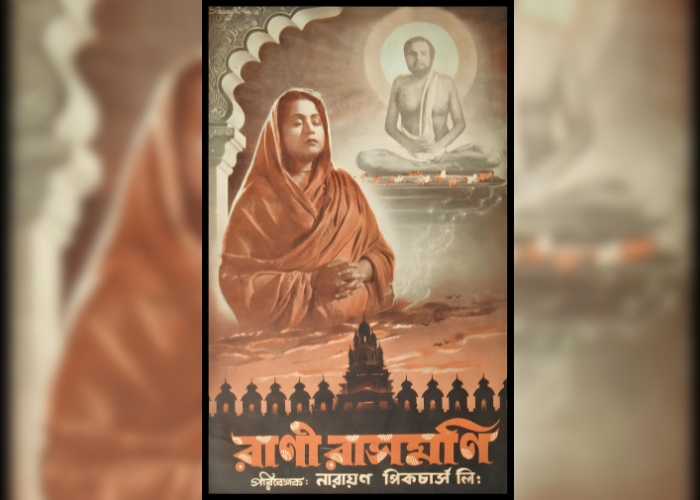
Once upon a time, her circumstances were such that Molina Devi had to start her acting career at the tender age of eight. From being one of the dancers in Kinnari that was staged at Minerva Theater to becoming the quintessential Rani Rashmoni of the stage and the silver screen, Molina Devi made her way up through talent. Veteran actress
Madhabi Mukhopadhyay revisits her life both on and off screen

That Buddhadeb Dasgupta was a poet is no secret. But that he should have been a musician is an observation which only his daughter – music director Alokananda Dasgupta – can make. Very few know about the man behind the music of his films. Two years after his demise, his daughter revisits his music room to join the notes from his journey from Dooratwa to Anwar Ka Ajab Kissa

Chhandapatan, the last film of the actress directed by Guru Bagchi, released exactly 50 years ago in 1974. Two years before the release, she had passed away leaving her contemporaries shocked. Among those who were numbed by the news was her soul sister, Madhabi Mukhopadhyay. She was aware that behind her gregarious personality was a woman who had the willpower to negotiate pain without breathing a word about it to the world. The veteran actress recounts the agony and ecstasy of being Anubha Gupta
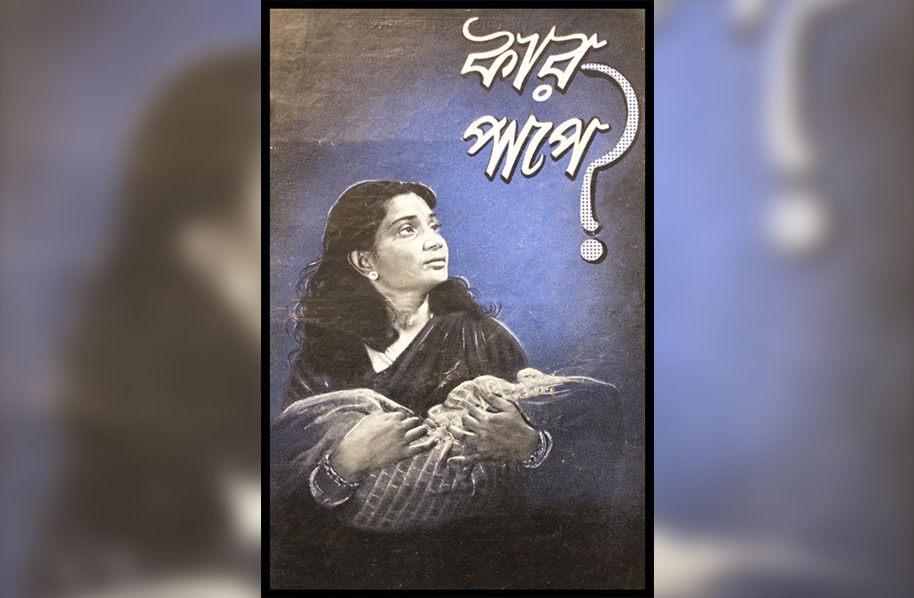
The gutsy heroine-turned-director Manju Dey had chosen the unconventional genre of musical comedy for her directorial debut, 'Swargo Hotey Bidaye' (1954). A spirited woman with great leadership skills and an affable persona, she harboured the deep wound of getting estranged from the love of her life, director Tapan Sinha. Despite the heresay that the film industry seldom offers true friends, Manju Dey had found an empathetic confidante in veteran actress Madhabi Mukhopadhyay. The octogeneraian actress relives her memories of Bengal's first heroine-turned-director

She was a much-sought-after actress of her times, having done films with Uttam Kumar and theatre with Utpal Dutt. Despite enjoying professional success, Sulata Chowdhury's personal life was fraught with disturbances. She gravitated from one abusive relationship to another, losing her grip over life. Being childhood besties, veteran actress Madhabi Mukhopadhyay had a ringside view of her tumultuous life. The senior actress unravels the unknown aspects from the life of this heroine
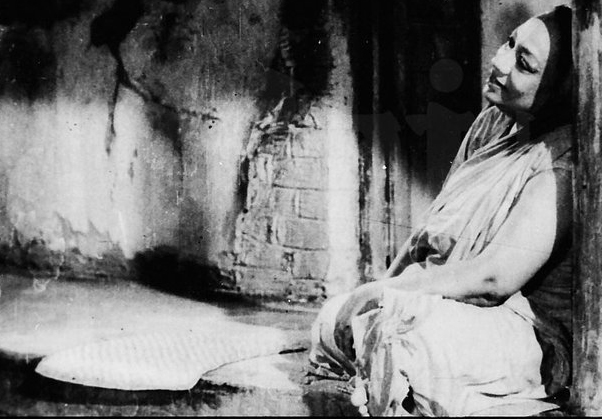
Right after cremating her daughter, actress Prabha Devi performed in the role of a seductress on stage. Her talented daughter, Ketaki Dutta, never received the accolades she deserved. To make both ends meet, she resorted to making pickles and handicraft. Known fondly as the stage empress, Sarajubala Devi was bereft of petty ego and treated her junior after the latter was applauded in the media for out-performing her on stage! That junior artist is today’s Madhabi Mukhopadhy who now revisits the era to share anecdotes from the lives of the three doyens of Bengal
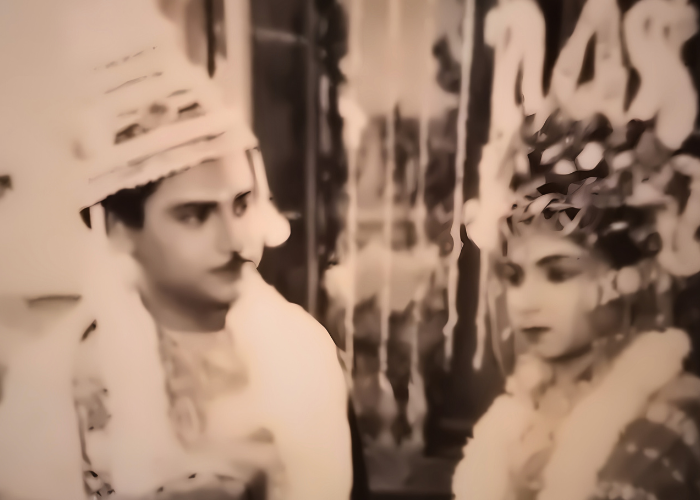
Having caught film director Agradoot Bibhuti Laha’s attention after hearing her recite a poem, six-year-old Shikha Rani Bag was cast in 1949’s Sankalpa. It started her 14-year and around 40 films career as the leading child artist of Bengali cinema, picking up Jawaharhal Nehru’s nod too along the way. Shikha Rani breathed her last in May this year, leaving behind a legacy from the golden age of Bengali cinema, an over 50-year-old classical dance school and scores of students determined to carry her flame. Here is a tribute by journalist and writer Shamik Bag who shares intimate stories about the life and works of his aunt
